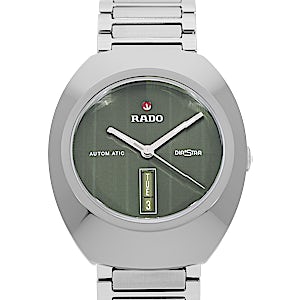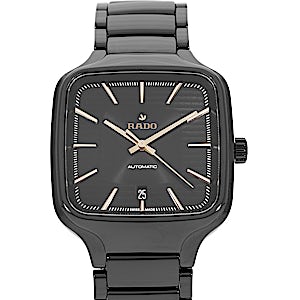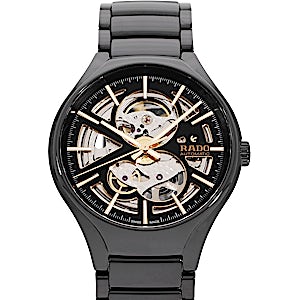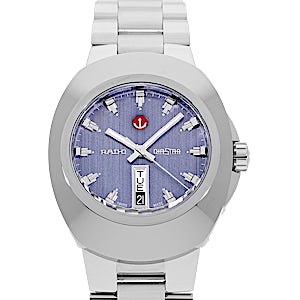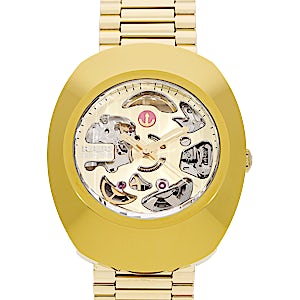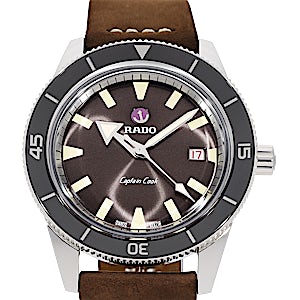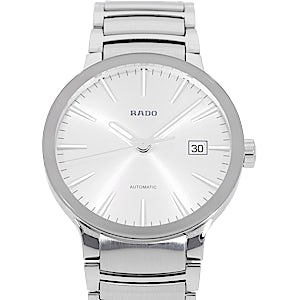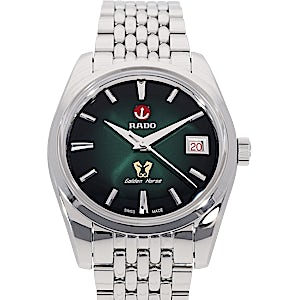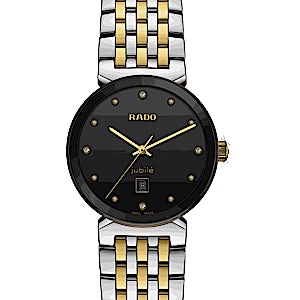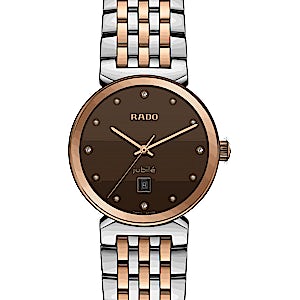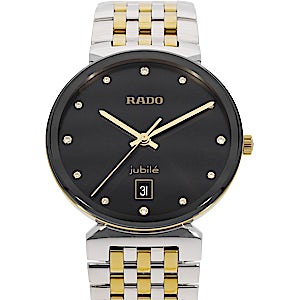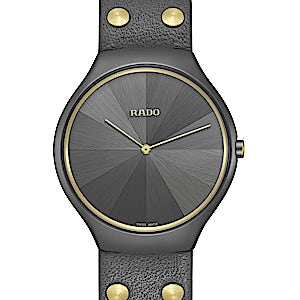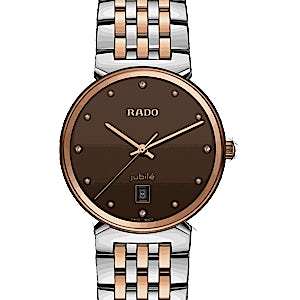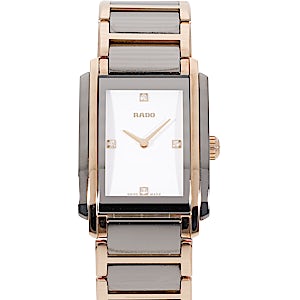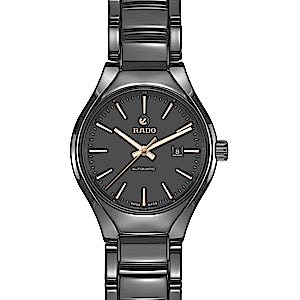Extraordinary materials
“Less is more” is one of the main philosophies of Rado designers. But rather than referring to the creative designs of the refined timepieces, it actually refers to the choice of raw materials utilised in watch production. Since the launch of the DiaStar in the early 1960s, Rado has relied on extraordinary materials such as tungsten carbide, technical ceramics, lanthanum or nano-crystalline diamonds. Rado also adorns their innovative high-tech materials with precious commodities such as diamonds or gold. Such extravagant creations bear the name “Jubilee”.
The company has been able to reap much praise and recognition throughout the years for its courageous creations. Not only do the unique designs of Rado timepieces convince the juries of international design awards, but so do the structured shapes, the scratch-resistant high-tech materials, and the high comfort wear of the timepieces. In 1995, Rado was awarded the innovation prize from the Technology Venter Switzerland for the development of their Rado Concept 1. The manufacturing process of the horological masterpiece was the very first to utilise a polycrystalline diamond.



